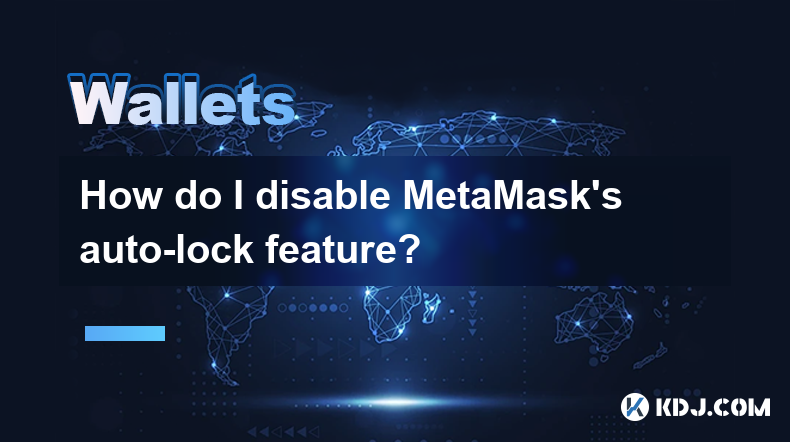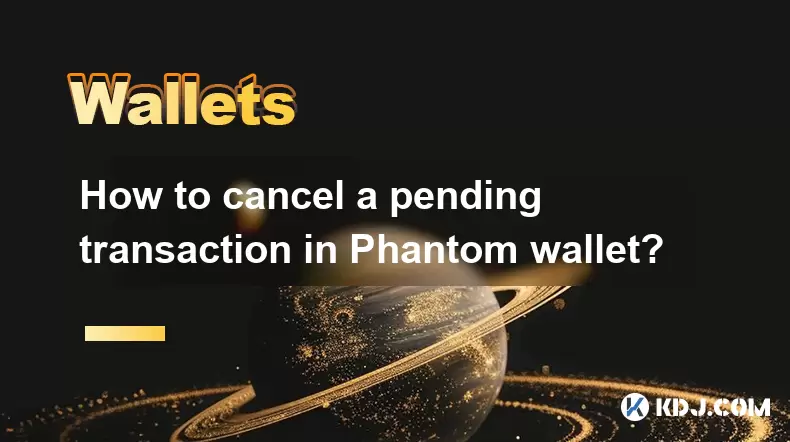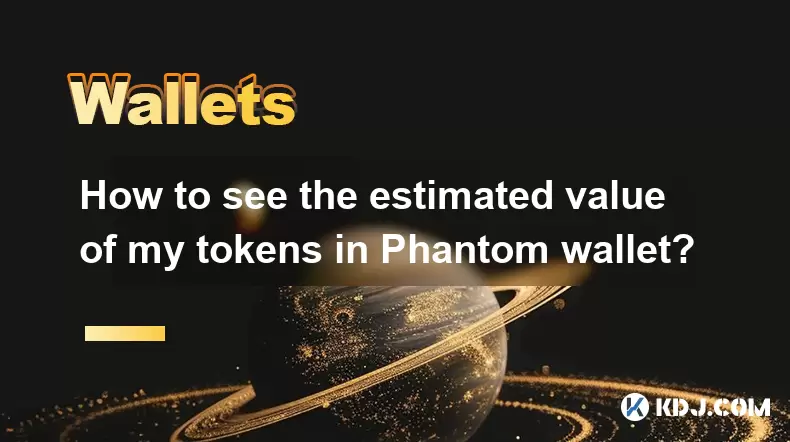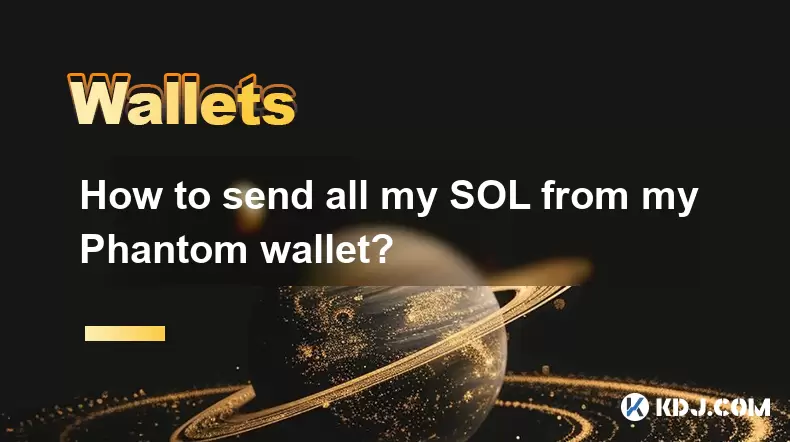-
 Bitcoin
Bitcoin $108,802.0448
0.59% -
 Ethereum
Ethereum $2,556.7655
1.66% -
 Tether USDt
Tether USDt $1.0001
-0.02% -
 XRP
XRP $2.2765
2.15% -
 BNB
BNB $662.6901
1.16% -
 Solana
Solana $151.4936
2.68% -
 USDC
USDC $0.9999
0.00% -
 TRON
TRON $0.2857
0.49% -
 Dogecoin
Dogecoin $0.1704
4.33% -
 Cardano
Cardano $0.5847
1.63% -
 Hyperliquid
Hyperliquid $39.2227
-0.47% -
 Sui
Sui $2.9110
0.60% -
 Bitcoin Cash
Bitcoin Cash $491.8681
1.55% -
 Chainlink
Chainlink $13.4311
2.12% -
 UNUS SED LEO
UNUS SED LEO $9.0273
0.09% -
 Avalanche
Avalanche $18.1653
1.64% -
 Stellar
Stellar $0.2442
2.69% -
 Toncoin
Toncoin $2.8966
5.36% -
 Shiba Inu
Shiba Inu $0.0...01180
2.95% -
 Litecoin
Litecoin $87.8955
1.49% -
 Hedera
Hedera $0.1573
1.30% -
 Monero
Monero $316.6881
0.88% -
 Polkadot
Polkadot $3.3938
1.37% -
 Dai
Dai $0.9999
-0.01% -
 Ethena USDe
Ethena USDe $1.0001
-0.01% -
 Bitget Token
Bitget Token $4.3976
0.08% -
 Uniswap
Uniswap $7.4020
6.83% -
 Pepe
Pepe $0.0...01000
3.22% -
 Aave
Aave $276.6854
2.05% -
 Pi
Pi $0.4586
-0.62%
How do I disable MetaMask's auto-lock feature?
MetaMask's auto-lock feature enhances wallet security by locking after inactivity, but can be disabled for flexibility by adjusting settings on desktop or mobile.
Apr 14, 2025 at 12:35 pm

Introduction to MetaMask's Auto-Lock Feature
MetaMask is a popular cryptocurrency wallet that allows users to interact with the Ethereum blockchain and other compatible networks. One of its security features is the auto-lock mechanism, which automatically locks the wallet after a period of inactivity to protect your assets. However, some users may find this feature inconvenient and wish to disable it. In this article, we will guide you through the process of disabling MetaMask's auto-lock feature, ensuring you can use your wallet more flexibly while still maintaining security.
Understanding the Auto-Lock Feature
The auto-lock feature in MetaMask is designed to enhance the security of your wallet by automatically locking it after a specified period of inactivity. This helps to prevent unauthorized access if you leave your computer or mobile device unattended. By default, MetaMask locks after a few minutes of inactivity, but you can adjust this setting to suit your needs. Understanding how this feature works is crucial before you decide to disable it, as it directly impacts the security of your cryptocurrency assets.
Steps to Disable Auto-Lock on Desktop
To disable the auto-lock feature on the desktop version of MetaMask, follow these steps:
- Open MetaMask: Click on the MetaMask extension icon in your browser to open the wallet.
- Access Settings: Click on the three dots at the top right corner of the MetaMask interface, then select "Settings" from the dropdown menu.
- Navigate to Security & Privacy: In the settings menu, find and click on the "Security & Privacy" tab.
- Adjust Auto-Lock Timer: Look for the "Auto-lock timer" option. You will see a dropdown menu with various time intervals. To disable auto-lock, select "Never" from this menu.
- Save Changes: After selecting "Never", your changes will be saved automatically, and the auto-lock feature will be disabled.
Steps to Disable Auto-Lock on Mobile
Disabling the auto-lock feature on the mobile version of MetaMask involves a slightly different process. Here's how you can do it:
- Open MetaMask App: Launch the MetaMask app on your mobile device.
- Access Settings: Tap on the profile icon at the top right corner of the screen, then select "Settings" from the menu.
- Navigate to Security & Privacy: Scroll down and tap on "Security & Privacy".
- Adjust Auto-Lock Timer: Find the "Auto-lock timer" option and tap on it. You will see a list of time intervals. To disable auto-lock, select "Never" from this list.
- Save Changes: Your changes will be saved automatically, and the auto-lock feature will be disabled on your mobile device.
Security Considerations When Disabling Auto-Lock
While disabling the auto-lock feature can provide more convenience, it is important to consider the security implications. Without auto-lock, your wallet remains unlocked even when you are not actively using it, which increases the risk of unauthorized access if your device is compromised. To mitigate this risk, consider the following security measures:
- Use a Strong Password: Ensure your MetaMask wallet is protected by a strong, unique password.
- Enable Two-Factor Authentication (2FA): If available, enable 2FA to add an extra layer of security.
- Keep Your Device Secure: Regularly update your operating system and use reputable antivirus software to protect against malware.
- Be Mindful of Your Surroundings: Always lock your device manually when leaving it unattended, even if auto-lock is disabled.
Alternative Solutions to Auto-Lock
If you find the auto-lock feature too restrictive but are concerned about security, there are alternative solutions you can consider:
- Adjust the Auto-Lock Timer: Instead of disabling auto-lock completely, you can adjust the timer to a longer interval that suits your needs. For example, setting it to 30 minutes or an hour can provide more flexibility while still maintaining some level of security.
- Use a Hardware Wallet: Consider using a hardware wallet like Ledger or Trezor in conjunction with MetaMask. Hardware wallets provide an additional layer of security and can be used to store your private keys offline, reducing the risk of unauthorized access.
- Manual Locking: Develop a habit of manually locking your MetaMask wallet when you are not actively using it. This can be done by clicking on the lock icon in the MetaMask interface.
Frequently Asked Questions
Q: Will disabling the auto-lock feature affect my transaction history or wallet balance?
A: No, disabling the auto-lock feature will not affect your transaction history or wallet balance. It only changes how long your wallet remains unlocked after inactivity.
Q: Can I re-enable the auto-lock feature after disabling it?
A: Yes, you can re-enable the auto-lock feature at any time by following the same steps and selecting a time interval other than "Never" in the auto-lock timer settings.
Q: Is it possible to set different auto-lock timers for different devices?
A: Yes, you can set different auto-lock timers for the desktop and mobile versions of MetaMask. Each device's settings are independent, allowing you to customize the auto-lock feature according to your usage on each device.
Q: Does disabling auto-lock affect the security of my private keys?
A: Disabling auto-lock does not directly affect the security of your private keys. However, it increases the risk of unauthorized access if your device is compromised, as your wallet remains unlocked for longer periods. Always ensure your device is secure and consider additional security measures.
Disclaimer:info@kdj.com
The information provided is not trading advice. kdj.com does not assume any responsibility for any investments made based on the information provided in this article. Cryptocurrencies are highly volatile and it is highly recommended that you invest with caution after thorough research!
If you believe that the content used on this website infringes your copyright, please contact us immediately (info@kdj.com) and we will delete it promptly.
- Litecoin Breakout Watch: What Traders Need to Know Now
- 2025-07-06 16:50:13
- Bitcoin, Solana, Ethereum: Decoding the Latest Buzz on the Blockchain
- 2025-07-06 16:50:13
- Widnes Resident's 50p Could Be Your Ticket to Easy Street: Rare Coin Mania!
- 2025-07-06 16:55:13
- Bitcoin, Solaris Presale, and Token Rewards: What's the Buzz?
- 2025-07-06 16:55:13
- Ethereum Under Pressure: Price Drop Amid Global Uncertainties
- 2025-07-06 17:00:13
- XRP, SEC Case, and Prosperity: A New Era for XRP Holders?
- 2025-07-06 17:10:13
Related knowledge

How to cancel a pending transaction in Phantom wallet?
Jul 03,2025 at 07:21pm
Understanding Pending Transactions in Phantom WalletA pending transaction in the Phantom wallet occurs when a user initiates a transfer or interaction with the Solana blockchain, but it hasn't yet been confirmed by the network. This can happen due to various reasons such as low transaction fees, network congestion, or incorrect gas settings. It's import...

How to see the estimated value of my tokens in Phantom wallet?
Jul 04,2025 at 12:21am
What is Phantom Wallet?Phantom wallet is one of the most popular cryptocurrency wallets designed for the Solana blockchain. It allows users to store, send, receive, and manage various tokens built on Solana, including SPL tokens and NFTs. The wallet offers a user-friendly interface, making it accessible for both beginners and advanced users in the crypt...

How to lock my Phantom wallet extension?
Jul 03,2025 at 11:14am
What Is the Phantom Wallet and Why Lock It?The Phantom wallet is a popular non-custodial cryptocurrency wallet designed for interacting with the Solana blockchain. Supporting both browser extensions and mobile apps, Phantom allows users to store, send, receive, and stake SOL tokens, as well as interact with decentralized applications (dApps). Securing y...

Does Phantom wallet offer two-factor authentication (2FA)?
Jul 03,2025 at 09:00am
Understanding Phantom Wallet and Its Security FeaturesPhantom wallet is a widely used non-custodial cryptocurrency wallet that supports the Solana blockchain. It allows users to store, send, receive, and interact with decentralized applications (dApps) seamlessly. As security is a top priority for any crypto wallet user, security features like two-facto...

How to send all my SOL from my Phantom wallet?
Jul 06,2025 at 10:00am
Preparing to Send SOL from Your Phantom WalletBefore initiating any transaction, it is crucial to ensure that your Phantom wallet is fully set up and connected to the correct network. Phantom supports multiple networks, but for sending SOL, you must be on the Solana blockchain. Confirm this by checking the network indicator in the top-right corner of th...

What is "rent" on Solana and how does it affect my Phantom wallet?
Jul 02,2025 at 08:35pm
Understanding 'Rent' on SolanaIn the context of Solana, the term 'rent' refers to a storage fee that users pay for maintaining data on the blockchain. Unlike Ethereum, where storage costs are paid once via gas fees during contract deployment, Solana implements a recurring cost model to ensure efficient usage of network resources. This means that any acc...

How to cancel a pending transaction in Phantom wallet?
Jul 03,2025 at 07:21pm
Understanding Pending Transactions in Phantom WalletA pending transaction in the Phantom wallet occurs when a user initiates a transfer or interaction with the Solana blockchain, but it hasn't yet been confirmed by the network. This can happen due to various reasons such as low transaction fees, network congestion, or incorrect gas settings. It's import...

How to see the estimated value of my tokens in Phantom wallet?
Jul 04,2025 at 12:21am
What is Phantom Wallet?Phantom wallet is one of the most popular cryptocurrency wallets designed for the Solana blockchain. It allows users to store, send, receive, and manage various tokens built on Solana, including SPL tokens and NFTs. The wallet offers a user-friendly interface, making it accessible for both beginners and advanced users in the crypt...

How to lock my Phantom wallet extension?
Jul 03,2025 at 11:14am
What Is the Phantom Wallet and Why Lock It?The Phantom wallet is a popular non-custodial cryptocurrency wallet designed for interacting with the Solana blockchain. Supporting both browser extensions and mobile apps, Phantom allows users to store, send, receive, and stake SOL tokens, as well as interact with decentralized applications (dApps). Securing y...

Does Phantom wallet offer two-factor authentication (2FA)?
Jul 03,2025 at 09:00am
Understanding Phantom Wallet and Its Security FeaturesPhantom wallet is a widely used non-custodial cryptocurrency wallet that supports the Solana blockchain. It allows users to store, send, receive, and interact with decentralized applications (dApps) seamlessly. As security is a top priority for any crypto wallet user, security features like two-facto...

How to send all my SOL from my Phantom wallet?
Jul 06,2025 at 10:00am
Preparing to Send SOL from Your Phantom WalletBefore initiating any transaction, it is crucial to ensure that your Phantom wallet is fully set up and connected to the correct network. Phantom supports multiple networks, but for sending SOL, you must be on the Solana blockchain. Confirm this by checking the network indicator in the top-right corner of th...

What is "rent" on Solana and how does it affect my Phantom wallet?
Jul 02,2025 at 08:35pm
Understanding 'Rent' on SolanaIn the context of Solana, the term 'rent' refers to a storage fee that users pay for maintaining data on the blockchain. Unlike Ethereum, where storage costs are paid once via gas fees during contract deployment, Solana implements a recurring cost model to ensure efficient usage of network resources. This means that any acc...
See all articles

























































































